Weight Loss for Beginners: Simple Steps to Start Your Journey
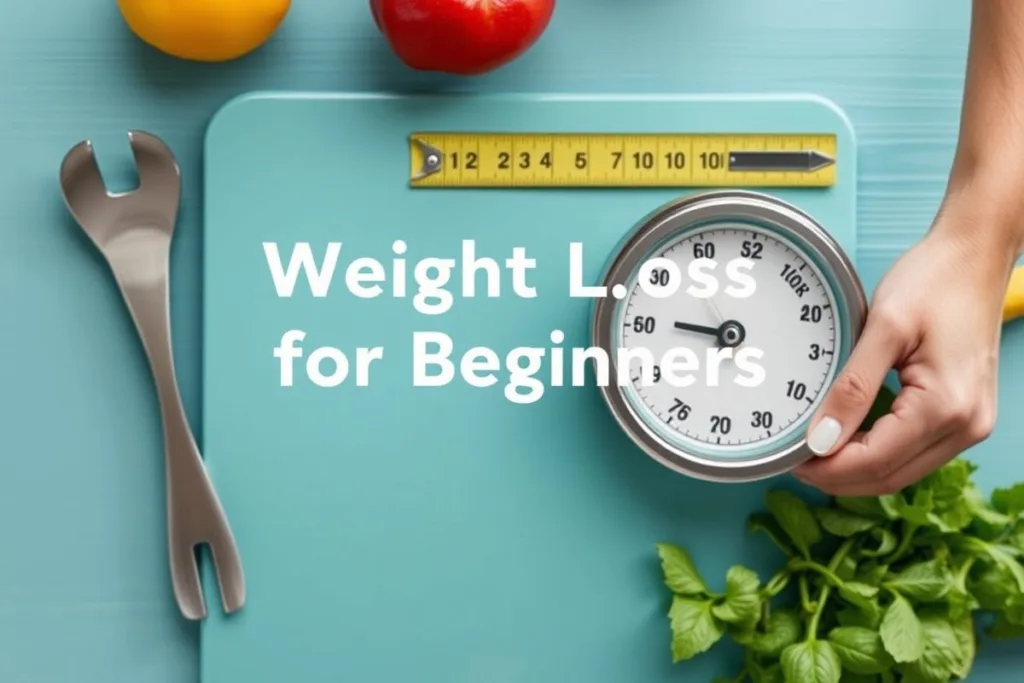
Embarking on a weight loss journey can feel overwhelming, especially when faced with a barrage of conflicting information. Many fad diets promise rapid results but often prove unsustainable in the long run. This guide offers a practical and beginner-friendly approach to weight loss, focusing on simple, actionable steps that can be integrated into your daily life. We’ll cut through the noise and provide a roadmap for achieving sustainable and healthy weight loss, emphasizing gradual changes, mindful eating, and incorporating physical activity. This isn’t about drastic measures; it’s about building a foundation for long-term well-being and a healthier relationship with food and your body. Get ready to start a transformative journey towards a fitter, healthier you!
This guide is designed for those who are just starting their weight loss journey, offering easy-to-understand advice and practical tips. We understand that everyone’s body and lifestyle are different, so we’ll focus on adaptable strategies that can be personalized to your specific needs. Forget about restrictive diets and complicated workout routines; we’re here to help you create a sustainable plan that fits seamlessly into your life. This is about building healthy habits, one small step at a time, and empowering you to take control of your health and well-being. Let’s begin!
Understanding the Basics of Weight Loss
Calories In vs. Calories Out
The cornerstone of weight loss is understanding the concept of energy balance. Simply put, weight loss occurs when you consistently consume fewer calories than you burn. This is often referred to as a caloric deficit. Calories are units of energy found in food and beverages, and your body uses these calories to fuel everything you do, from breathing to running a marathon. When you consume more calories than your body needs, the excess energy is stored as fat. Conversely, when you consume fewer calories than you need, your body draws on its stored fat reserves for energy, leading to weight loss. Understanding this basic principle is crucial for creating an effective weight loss plan.
To create a calorie deficit, you can either reduce your calorie intake or increase your calorie expenditure through physical activity, or ideally, a combination of both. It’s important to note that the exact number of calories you need to consume to lose weight will vary depending on your individual factors such as age, sex, height, current weight, and activity level. There are many online calculators and apps that can help you estimate your daily calorie needs. However, it’s always best to consult with a registered dietitian or healthcare professional for personalized guidance. Remember, a sustainable weight loss plan focuses on gradual and consistent changes, not drastic calorie restriction.
While the “calories in, calories out” principle is fundamental, it’s also important to consider the quality of the calories you consume. Not all calories are created equal. Processed foods, sugary drinks, and unhealthy fats can be high in calories but low in nutrients, providing little satiety and potentially leading to cravings and overeating. On the other hand, whole, unprocessed foods like fruits, vegetables, lean proteins, and whole grains are nutrient-dense and can help you feel fuller for longer, making it easier to manage your calorie intake. Therefore, focusing on both the quantity and quality of your calories is essential for successful and sustainable weight loss.
Setting Realistic Goals
Setting realistic and achievable goals is crucial for staying motivated and on track with your weight loss journey. Unrealistic goals can lead to frustration and discouragement, making it more likely that you’ll abandon your efforts. A healthy and sustainable rate of weight loss is generally considered to be 1-2 pounds per week. This may not seem like a lot, but it’s a pace that’s more likely to result in long-term success. Remember, weight loss is a marathon, not a sprint, and patience is key.
When setting your goals, be specific, measurable, achievable, relevant, and time-bound (SMART). For example, instead of saying “I want to lose weight,” a SMART goal would be “I want to lose 5 pounds in the next month by walking for 30 minutes, 5 days a week, and reducing my sugar intake.” This goal is specific (lose 5 pounds), measurable (walking and sugar reduction), achievable (realistic changes), relevant (contributes to weight loss), and time-bound (in the next month). Breaking down your larger weight loss goal into smaller, more manageable steps can make the process feel less daunting and more attainable.
It’s also important to celebrate your progress along the way, no matter how small. Acknowledge your accomplishments and reward yourself for reaching your milestones. This could be anything from buying yourself a new workout outfit to treating yourself to a relaxing massage. Recognizing your successes will help you stay motivated and committed to your weight loss journey. Remember, it’s okay to have setbacks along the way. The key is to learn from them and get back on track as soon as possible. Be kind to yourself and focus on making sustainable lifestyle changes that you can maintain for the long term.
Making Healthy Food Choices
Prioritizing Whole Foods
One of the most effective strategies for weight loss is to prioritize whole, unprocessed foods in your diet. Whole foods are foods that are in their natural state or have undergone minimal processing. These foods are packed with nutrients, fiber, and antioxidants, which are essential for overall health and can also aid in weight loss. Examples of whole foods include fruits, vegetables, whole grains, lean proteins, and healthy fats. By focusing on these foods, you’ll naturally reduce your intake of processed foods, which are often high in calories, sugar, and unhealthy fats.
Fruits and vegetables are particularly important for weight loss as they are low in calories and high in fiber, which can help you feel fuller for longer. Aim to fill half of your plate with fruits and vegetables at each meal. Whole grains, such as brown rice, quinoa, and oats, are also a good source of fiber and can help regulate blood sugar levels. Lean proteins, such as chicken breast, fish, and beans, are essential for building and maintaining muscle mass, which can boost your metabolism and help you burn more calories. Healthy fats, such as those found in avocados, nuts, and olive oil, are also important for satiety and overall health. It’s important to choose unsaturated fats over saturated and trans fats.
Making the switch to a diet rich in whole foods may seem challenging at first, but it’s a worthwhile investment in your health. Start by gradually replacing processed foods with whole food alternatives. For example, instead of buying sugary cereals, try making oatmeal with fresh fruit and nuts. Instead of buying processed snacks, opt for a handful of almonds or a piece of fruit. By making small, gradual changes, you can gradually transform your diet and reap the numerous benefits of whole foods. Remember to read food labels carefully and be aware of hidden sugars and unhealthy ingredients.
Portion Control
Even when you’re eating healthy foods, it’s still possible to gain weight if you’re consuming too many calories. Portion control is a crucial aspect of weight loss, as it helps you manage your calorie intake and avoid overeating. Many people underestimate the amount of food they’re actually consuming, so paying attention to portion sizes can make a significant difference in your weight loss efforts.
One simple way to practice portion control is to use smaller plates and bowls. This can trick your brain into thinking you’re eating more than you actually are. Another helpful tip is to measure out your food using measuring cups and spoons. This will give you a more accurate idea of how much you’re actually consuming. You can also use your hand as a guide for estimating portion sizes. For example, a serving of protein should be about the size of your palm, and a serving of carbohydrates should be about the size of your fist. Avoid eating directly from bags or containers, as this can lead to mindless overeating. Instead, portion out a serving into a bowl or plate.
Mindful eating can also help you with portion control. Mindful eating involves paying attention to your hunger and fullness cues and eating slowly and deliberately. Avoid distractions while eating, such as watching television or scrolling through your phone. Focus on the taste, texture, and aroma of your food. Chew your food thoroughly and savor each bite. By practicing mindful eating, you’ll be more likely to recognize when you’re full and avoid overeating. Remember, it takes about 20 minutes for your brain to register that you’re full, so eating slowly can give your body time to catch up.
Incorporating Physical Activity
Finding Activities You Enjoy
Physical activity is an essential component of any successful weight loss plan. Not only does it help you burn calories and lose weight, but it also offers numerous other health benefits, such as improved cardiovascular health, increased muscle mass, and reduced risk of chronic diseases. However, many people find it difficult to stick to a regular exercise routine, often because they find it boring or unpleasant. The key is to find activities that you genuinely enjoy, so that exercise feels less like a chore and more like a fun and rewarding experience.
Experiment with different types of physical activity until you find something that you look forward to doing. This could be anything from dancing to hiking to swimming to playing a sport. Don’t be afraid to try new things and step outside of your comfort zone. You might be surprised at what you discover. Consider joining a local sports team or fitness class to meet new people and stay motivated. Working out with a friend or family member can also make exercise more enjoyable and help you stay accountable.
Remember, you don’t have to spend hours at the gym to reap the benefits of physical activity. Even small amounts of exercise can make a big difference. Aim for at least 150 minutes of moderate-intensity aerobic activity or 75 minutes of vigorous-intensity aerobic activity per week. You can break this up into smaller chunks of time, such as 30 minutes of exercise, 5 days a week. Incorporate physical activity into your daily routine by taking the stairs instead of the elevator, walking or biking to work, or doing household chores. The more active you are, the more calories you’ll burn and the easier it will be to lose weight.
Strength Training for Weight Loss
While aerobic exercise is important for burning calories, strength training is also a crucial component of a well-rounded weight loss program. Strength training helps you build muscle mass, which can boost your metabolism and help you burn more calories, even when you’re at rest. Muscle is more metabolically active than fat, meaning that it requires more energy to maintain. The more muscle mass you have, the higher your resting metabolic rate will be, making it easier to lose weight and keep it off.
You don’t need to lift heavy weights to reap the benefits of strength training. Bodyweight exercises, such as push-ups, squats, and lunges, can be just as effective. Start with a few basic exercises and gradually increase the intensity and duration as you get stronger. You can also use resistance bands or dumbbells to add more resistance to your workouts. Aim to strength train at least two days per week, working all major muscle groups. Be sure to allow your muscles to recover between workouts.
Strength training not only helps you lose weight, but it also improves your overall strength, endurance, and functional fitness. It can also help you prevent injuries and improve your posture. As you get stronger, you’ll be able to perform everyday tasks more easily and with less effort. Strength training can also boost your confidence and self-esteem. Don’t be intimidated by the idea of strength training. It’s a valuable tool for achieving your weight loss goals and improving your overall health.
Tracking Your Progress
Keeping track of your progress is an important part of any weight loss journey. It allows you to see how far you’ve come, identify areas where you’re struggling, and make adjustments to your plan as needed. There are several different ways to track your progress, and the best method will depend on your individual preferences and goals.
- Weighing yourself regularly: Weighing yourself once a week can help you monitor your weight loss progress. Be sure to weigh yourself at the same time of day, on the same day of the week, and wearing the same clothes.
- Taking measurements: Taking measurements of your waist, hips, and thighs can also provide valuable insights into your progress. This can be especially helpful if you’re building muscle mass, as you may not see a significant change in your weight.
- Tracking your food intake: Keeping a food diary or using a food tracking app can help you monitor your calorie intake and identify areas where you can make healthier choices.
- Monitoring your physical activity: Tracking your workouts can help you stay motivated and ensure that you’re getting enough exercise.
- Taking progress photos: Taking photos of yourself every few weeks can help you visualize your progress and stay motivated.
No matter which method you choose, it’s important to be consistent with your tracking. This will allow you to see a clear picture of your progress and make informed decisions about your weight loss plan. Remember, it’s okay to have setbacks along the way. The key is to learn from them and get back on track as soon as possible. Be patient with yourself and celebrate your successes along the way.
| Week | Weight (lbs) | Waist Measurement (inches) | Notes |
|---|---|---|---|
| 1 | 200 | 40 | Started new diet and exercise plan. |
| 2 | 198 | 39.5 | Felt good this week, stuck to the plan. |
| 3 | 197 | 39 | Had a slight cheat day, but still on track. |
| 4 | 195 | 38.5 | Feeling more energetic! |
Conclusion
Starting a weight loss journey can seem daunting, but by focusing on simple, sustainable steps, you can achieve your goals and improve your overall health. Remember to prioritize whole foods, practice portion control, incorporate physical activity into your daily routine, and track your progress along the way. Be patient with yourself and celebrate your successes, no matter how small. Weight loss is a marathon, not a sprint, and it’s important to focus on making sustainable lifestyle changes that you can maintain for the long term. By following the tips outlined in this guide, you can create a personalized weight loss plan that fits your individual needs and helps you achieve a healthier, happier you.
Frequently Asked Questions
“`

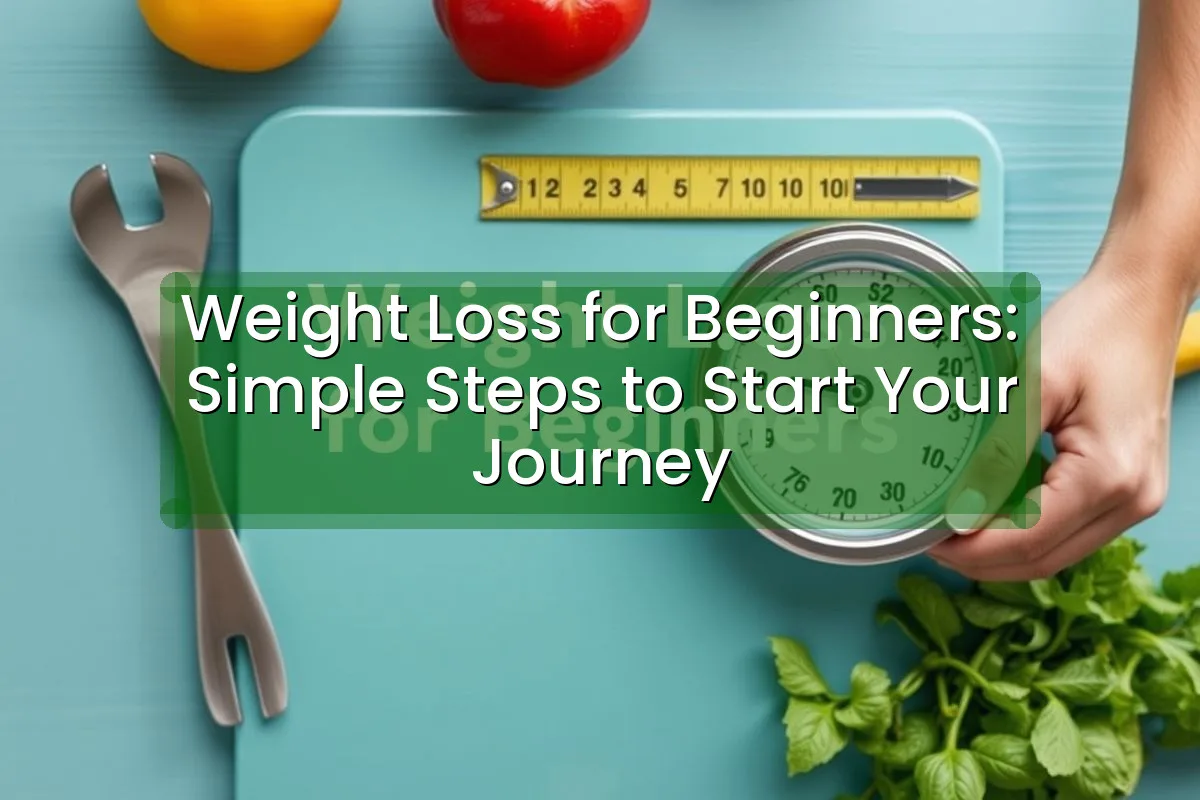

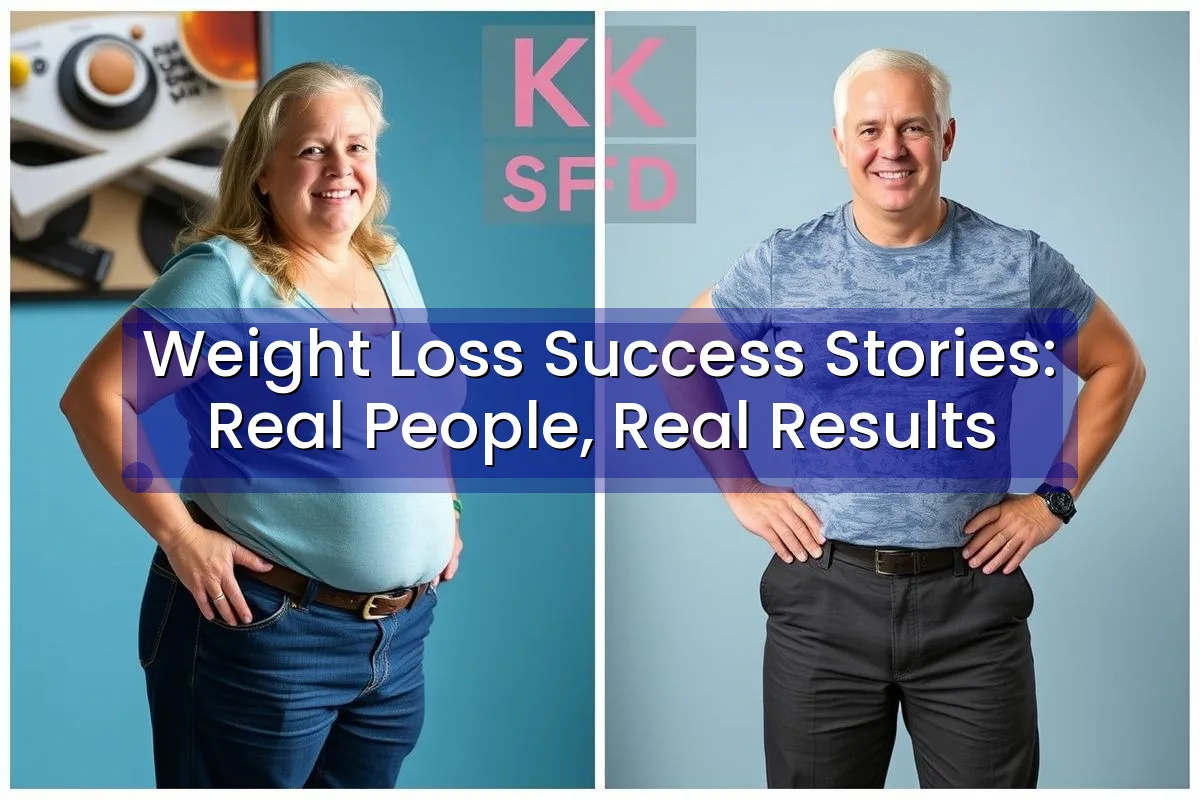

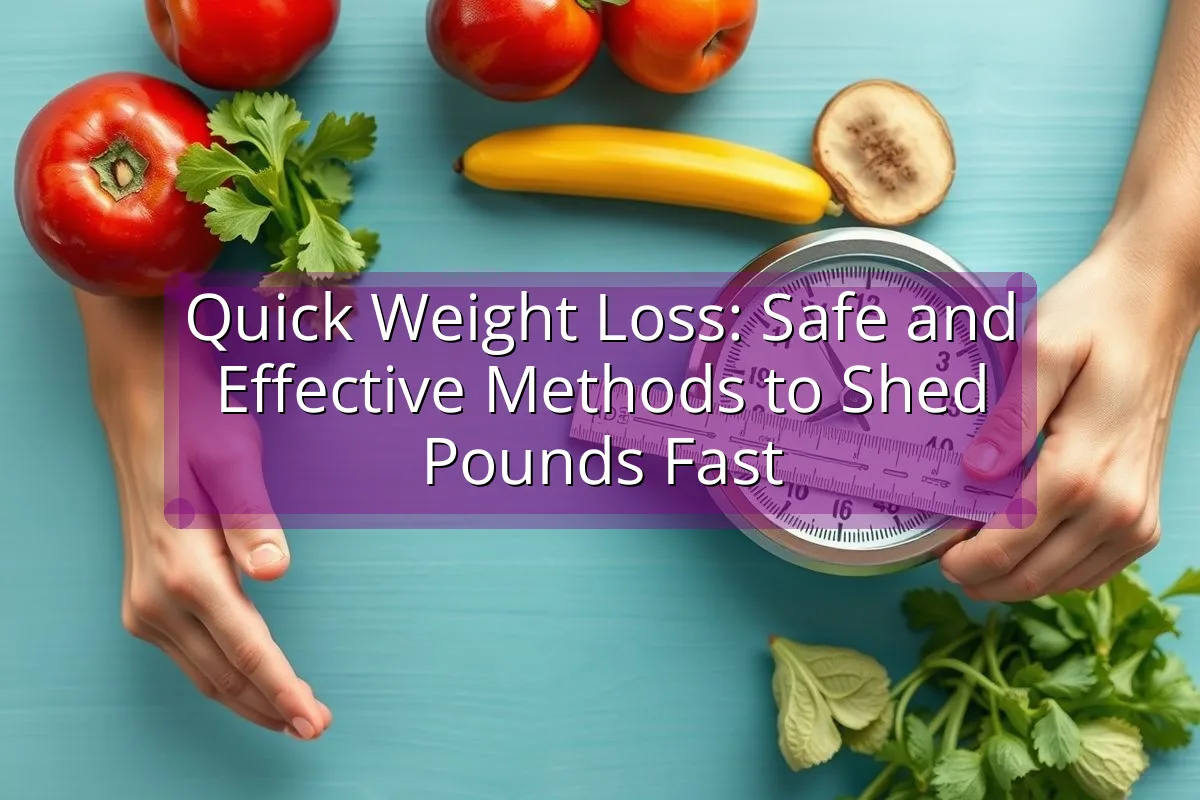
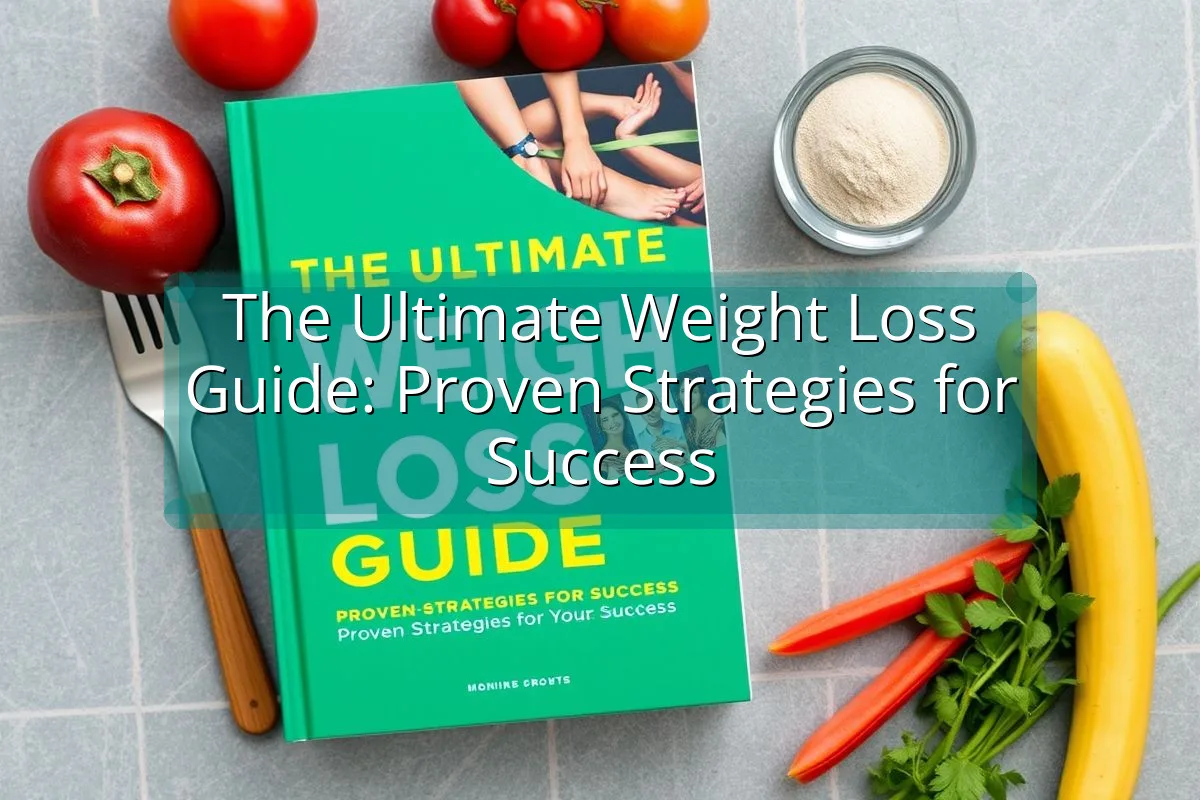
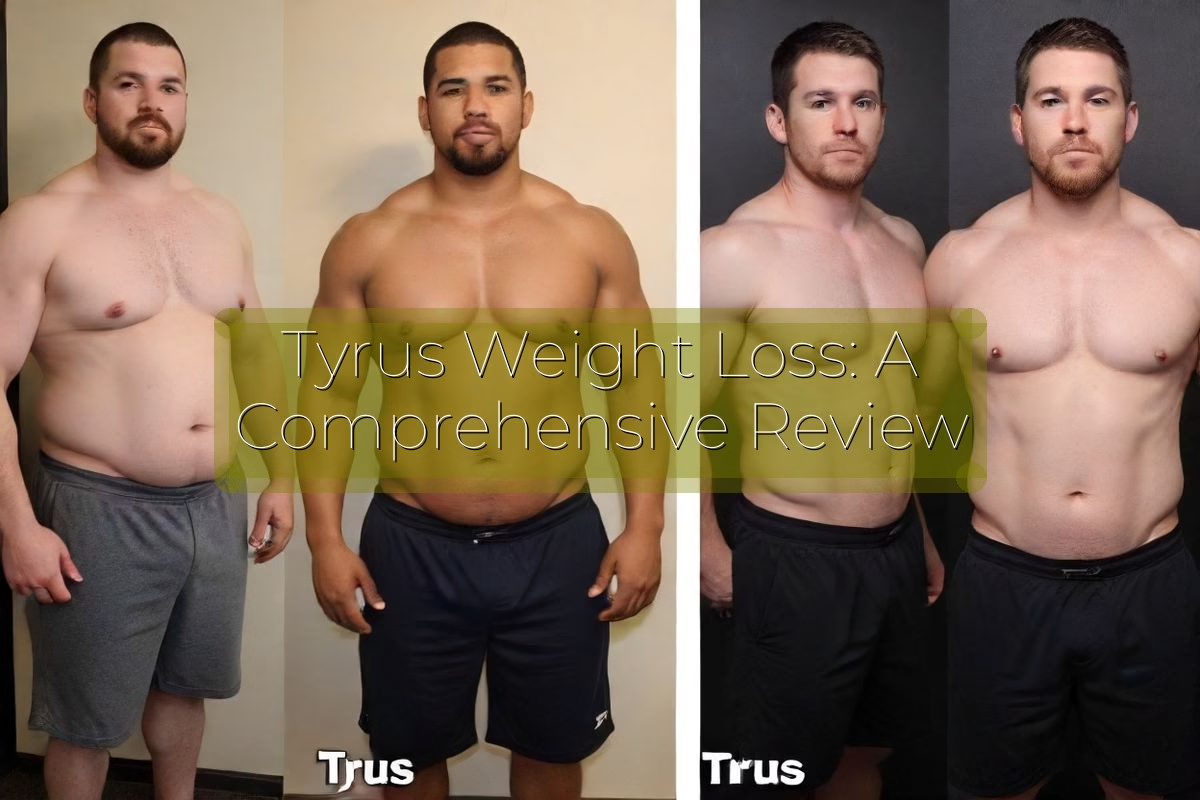




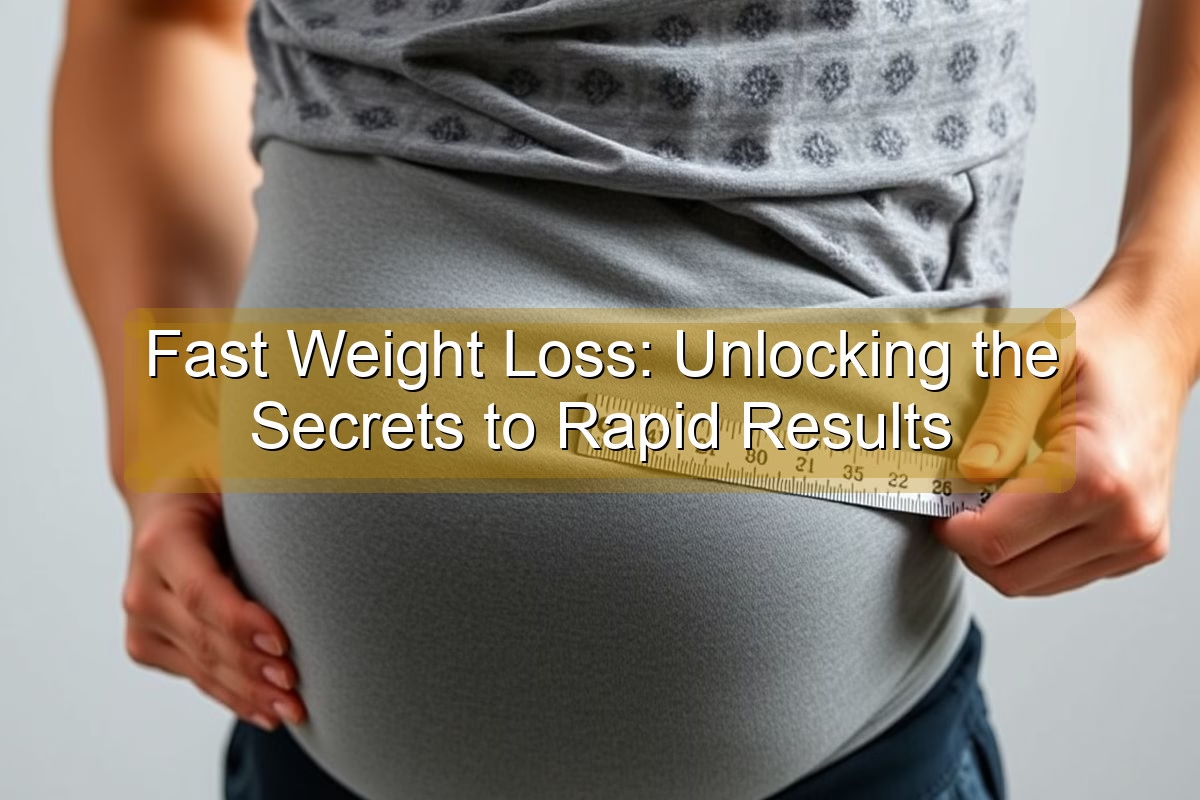

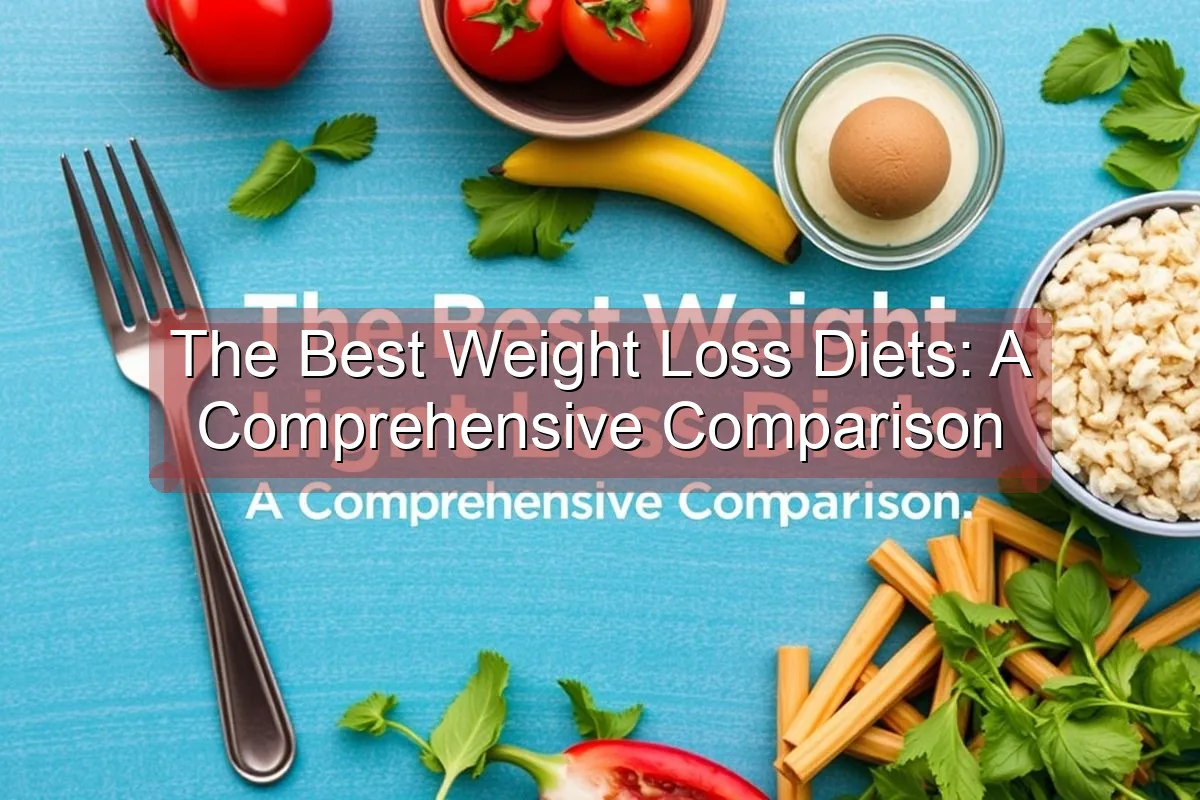
Leave a Reply